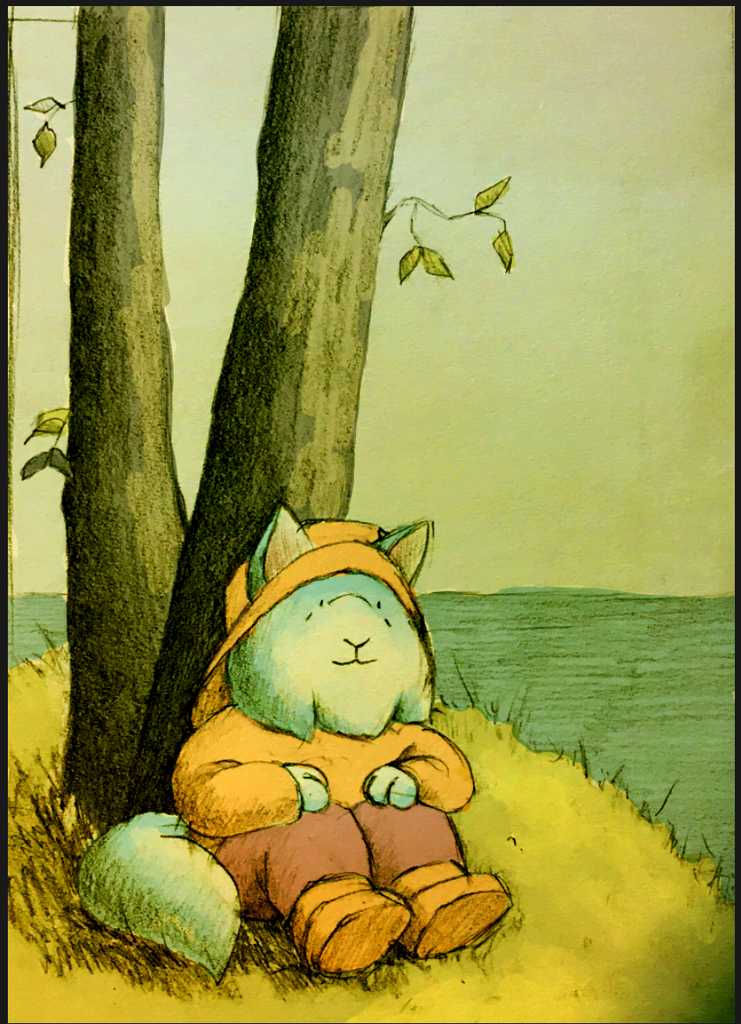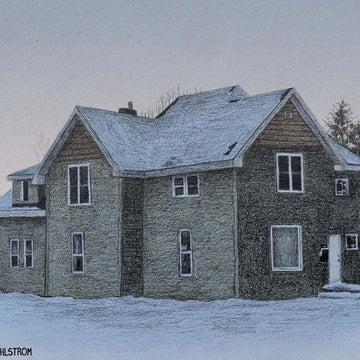In the art world, storytelling can be as straightforward as a comic strip or as abstract as a collection of colours representing an underlying theme.
Suppose you are in a commercial setting such as animation or advertising. In that case, your art will need to explicitly communicate the storyline that the film or product requires, but if you’re working entirely on your own, the storytelling in your work is an aspect of it that you’ll have to consider for yourself.
Here are some questions you can ask yourself to see if your art is telling the stories you want it to tell in the way you want it to tell them.
1. What age is your audience?
The age of your audience will be a huge deciding factor in how your storytelling works. If children are your primary audience, you will want to tell a story overtly, not spelling too many things out for them but still making sure the image reads like a story at first glance.
Adding lots of hidden funny details to come back to again and again will delight children.
If adults are your audience, you may still want to tell overt stories, or you might want to abstract things somewhat. This leads to the next question.
2. Whose tastes are you appealing to?
Are you painting fine art for the gallery crowd or sharing cute characters on social media? What sense of humour do you want your works to convey? Picture your ideal viewer, and know what they are interested in.
If your audience is wealthy, urban, and middle-aged, they will likely be interested in a wide variety of topics, but especially paintings they can unravel in their minds to figure out the story.
They may enjoy historical topics, social commentary, stories about your inner emotional life, and other deep and serious subjects like that. If your audience comes from a specific city that they’re proud of, making art about that local area will appeal to them strongly.
The storytelling doesn’t have to be at the forefront at all in these cases; simply drawing local landmarks with love and regional pride is enough.
One great example is telling the story of your day with visual souveniers.
It may be that your audience is mainly yourself! In that case, the story in a work can be hidden.

This is a house I used to live in. The image itself has no real storytelling, but I drew it for myself, and to me, this work contains the story of each night I spent shivering under the covers in this drafty house!
3. How do your favourite artists tell stories?
Think about the kind of art YOU gravitate towards as a viewer. Do you mainly look at landscape paintings that don’t necessarily have a storyline to them, or do you readlots of webcomics?
I’m a landscape painting viewer myself. I make webcomic type pieces, but they’re often slow-paced and visually focused stories because of what I enjoy as a viewer who loves landscape paintings.

This is an example of something I made as part of a bigger webcomic project, and as you can see, there’s not a lot of overt storytelling going on.
I like to encourage my viewers to take life slowly and observe what’s around them, so I leave a lot of “breathing room” in my content.
At the end of the day, your storytelling method might just be intuitive for you and not something you ask yourself about in order to decide consciously. I think about how my storytelling comes across.
But usually, after I’ve already made a piece according to my intuition. This is something you can refine throughout your life, and watch the themes in your artworks evolve as you change as a person!
I hope this discussion helped you gain some clarity in your art practice! For more content like this, subscribe to our email newsletter!


